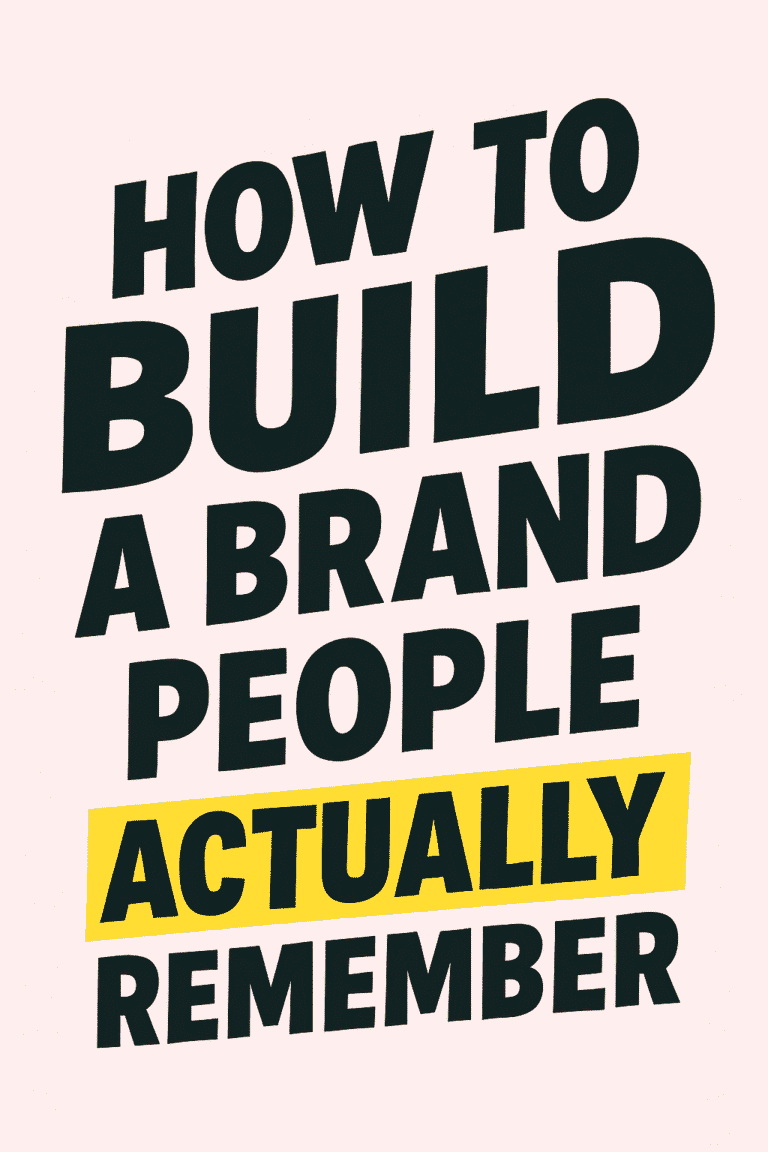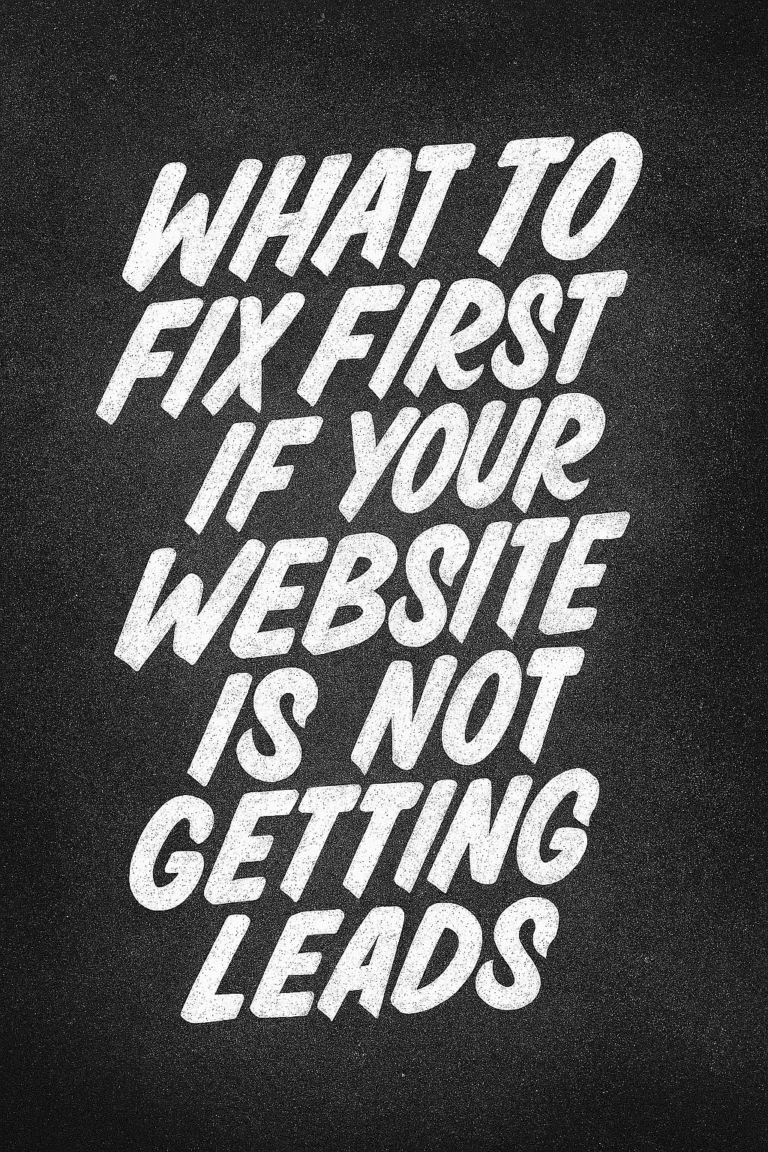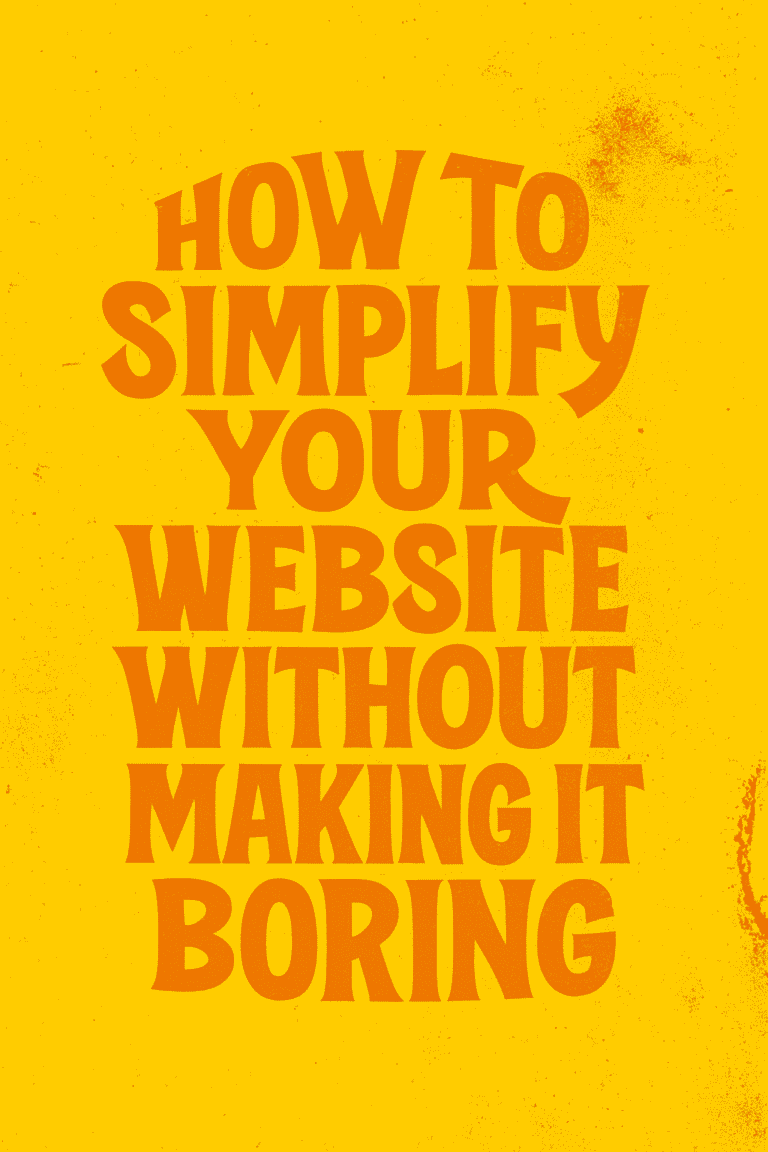
As a business owner, you know that graphic design is important. It’s how you create a positive first impression for your company and set yourself apart from the competition. But what do you need to know to create effective graphic designs? In this blog post, we will discuss some basic graphic design tips that every business owner should know!
What exactly is graphic design?
At its core, graphic design is the use of visual elements such as images, colors, and typography to create a cohesive, impactful design. This can include everything from company logos and packaging designs to promotional materials such as flyers and brochures.
Keep your target audience in mind
One of the most important graphic design tips for business owners is to always keep your target audience in mind. This means that when you’re creating graphic designs for your company, you should think about what your target customers are looking for and the message that you want to communicate with them. For example, if you are targeting younger customers who prize creativity and innovation, it might be a good idea to experiment with bold graphic elements and unconventional layouts.
Consider color wisely
Color is another important consideration when designing graphic elements for your business. Different colors elicit different emotions and reactions from your audience, so it’s important to choose the right ones for your brand. For example, if you’re working on a graphic design project for a financial services company, you may want to stick with more neutral colors like black and white, while a graphic design project for a children’s toy company might benefit from brighter, more colorful graphics.
Understand the basics of color theory:
In addition to keeping your target audience in mind, it’s also important to understand the basics of color theory when designing graphic elements for your business. Color theory is a body of practical guidance on how colors can be used effectively and tastefully in graphic designs. Some key concepts to keep in mind include the following:
- The psychological effects of different colors, such as the way that red may evoke feelings of excitement and energy, while blue may be seen as calming and soothing
- The meanings associated with different color combinations, such as using a combination of red and yellow to create feelings of passion or using blue and green together to promote a sense of trustworthiness
- How to use color contrast effectively, such as using one bright color against a neutral background or using different shades of the same color to create visual interest
Here are some common colors and their meaning:
- Red – Passion, excitement, energy
- Yellow – Cheerfulness, optimism, sunshine
- Blue – Calmness, trustworthiness, professionalism
- Green – Nature, growth, freshness
- Purple – Creativity, luxury, complexity
- Black – Sophistication, elegance, power
- White – Purity, simplicity, cleanliness
- Grey – Neutrality, sophistication, modernity
- Orange – Aggression, youthfulness, vibrancy
As a business owner, it’s important to understand the psychological effects that different colors can have on your audience. By keeping color theory in mind and using it strategically in your graphic designs, you can create impactful designs that effectively convey your company’s message and connect with your target customers.
Balance and proportion:
Another important graphic design tip for business owners is to pay attention to elements of balance and proportion in your designs. When graphic elements are placed carefully on the page or screen, they can create a sense of visual harmony that helps to draw the viewer’s eye to certain key areas. Additionally, it’s important to ensure that graphic elements are properly proportioned, as designs that are too crowded or heavy on one side can be visually unappealing and distracting. Some tips to keep in mind when considering balance and proportion include the following:
- Using a grid system to arrange graphic elements in a way that creates visual balance, such as placing images of uniform size and spacing them evenly across the page or using similar graphic elements at varying heights or widths to create visual interest
- Choosing a focal point and grouping graphic elements around it to draw the eye and make your message stand out
- Using contrasting colors, shapes, and textures to create visual contrast that draws attention to certain areas of your design
- Considering how graphic elements might be viewed at different sizes, such as on a mobile phone screen versus a desktop computer monitor
As a business owner, it’s crucial to take the time to carefully consider balance and proportion in your graphic design projects. By using these concepts strategically, you can create designs that are visually appealing and draw attention to key elements of your message. Whether you’re designing print materials like brochures and flyers or web pages and social media graphics, paying attention to balance and proportion will help your designs stand out from the crowd and grab the attention of your audience.
Scale and spacing:
In addition to considering balance and proportion, graphic designers also need to pay attention to scale and spacing in their designs. This means making sure that graphic elements are sized appropriately for the medium that you’re using, such as designing a website graphic at the right resolution or choosing images that work well on social media platforms like Instagram or Pinterest. It also involves making sure that graphic elements are spaced appropriately so they don’t appear too crowded or too sparse. Some tips to keep in mind when considering scale and spacing include the following:
- Using fonts and graphic elements of varying sizes to create visual interest, such as using large headlines with smaller supporting text or using small icons in combination with large images
- Adding negative space to graphic elements, such as using a solid color background or leaving white space around images and text
- Placing graphic elements at varying distances from one another so that they appear more dynamic and visually engaging
- Considering how graphic elements might be viewed on different screen sizes and device types, such as desktops versus mobile phones, and making sure to design accordingly.
As a graphic designer, it’s important to take the time to carefully consider scale and spacing when creating your designs. By thinking through these concepts and using them strategically, you can create graphic elements that are well-sized and spaced for your intended purpose, whether you’re designing online ads or print brochures.
Incorporate typography with care
Graphic design is not just about images – typography also plays an important role in the overall aesthetic of your designs. When choosing fonts for your graphic elements, make sure to consider a range of factors, including readability, legibility, and the type of mood you want to create with your text. Some tips to keep in mind when incorporating typography into your graphic designs include the following:
- Choosing fonts that are simple and easy to read, such as Arial or Helvetica, which work well for everything from headlines to body text
- Using complementary fonts, such as pairing a script font with a simple serif or san-serif font, to add visual interest while still maintaining readability
- Opting for bold and whimsical fonts when creating graphic elements like logos or social media graphics that require more creative expression
- Avoiding using too many different fonts in one graphic design, as this can create visual clutter and make it more difficult for your audience to focus on your message.
Conclusion
Although we have only scratched the surface of graphic design, we hope that you have learned a thing or two. Graphic design can be an extremely powerful tool for businesses when used correctly. If you need help with your graphic design, our team at Graticle would be more than happy to assist you! Call or text (360) 450-3711
Thank you for reading and we look forward to working with you in the future.
***
Graphic Design FAQs
How can graphic design help my business?
Graphic design can help your business in a number of ways, by making your company more recognizable and professional, increasing brand awareness and recognition, and helping you connect with your target audience. Some effective graphic design tips include using high-quality visuals that are consistent with your branding, creating custom graphics that reflect your company’s unique voice and style, and investing in graphic design software that helps you easily create professional-looking materials.
What should I keep in mind when choosing graphic design elements?
When choosing graphic design elements, it is important to consider your company’s brand and voice. This includes thinking about the colors, fonts, and images you want to use, as well as considering how they will resonate with your target audience. It is also important to be consistent with these graphic elements so that your brand is recognizable and memorable. Other important factors to consider include the quality of any graphic design software you use, as well as how easy it is to create professional-looking designs using that software.
How can graphic design help me connect with my audience?
Graphic design can be an effective tool for connecting with your audience, as it allows you to convey your message visually in a way that is both engaging and eye-catching. This can be especially helpful when trying to appeal to a younger or more tech-savvy audience, as graphic design is often associated with modern trends and cutting-edge technology. Some effective graphic design strategies for connecting with your audience include using bold, eye-catching visuals and graphics that are consistent with your company’s brand. Additionally, investing in graphic design software that is easy to use can help you create professional-looking designs more quickly and easily.
How to hire a graphic designer?
When hiring a graphic designer for your business, there are several factors to consider. First and foremost, you should evaluate their portfolio to assess their design skills and experience. This can include looking at the types of projects they have worked on, as well as reviewing any testimonials or reviews from past clients. Additionally, it is important to consider the graphic designer’s availability and rates, as well as their communication style and level of responsiveness. Other factors to keep in mind include their ability to create designs that are consistent with your company’s brand, as well as whether they can handle any additional graphic design needs you may have, such as creating custom graphics or incorporating graphic elements into your website or marketing materials.





